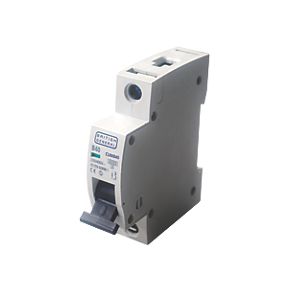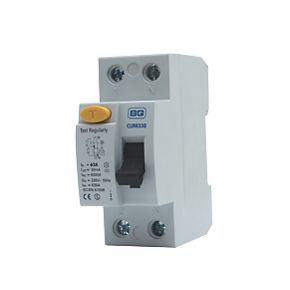There is a problem with ovens, in that most cooker supply points over the years are 30/32 amp, but some have been fitting 40 and 45 amp. So the 4 mm² flex is good for 32 amp, but not 40 and 45 amp, and even the internal wires in the oven may well not stand 40 amp.
However an EICR is as the name says all about the installation, and the electrical system, lack of smoke alarms, faulty ovens may need correcting, but are not part of the EICR, so even if the oven can't take 45 amp as long as the feed cable is large enough i.e. 10 mm² with installation method 100 is rated 45 amp, then it passes even when the oven is not really designed for that supply.
I have looked at oven specs, and not seen many which give maximum size of overload protection, clearly since for domestic there is a limit of 125 amp, but nothing to say it should have a 16 amp supply, even when most would work A1 with a 16 amp supply.
So we are often told it has electronics in it, but often only the clock, so a type AC RCD will be OK, although most induction hobs need at least a type A. As yet not seen anyone fail an EICR on wrong type of RCD, the report does not say it complies with BS 7671, that was code 4 but removed, now it says potentially dangerous, how daft, 230 volt is always potentially dangerous, but most consider if OK when BS 7671 came out (1992) then if nothing has changed, still OK now, although of course things have changed, don't remember EV's with in car chargers in 1992, the charger was static.
Insufficient seems an odd term, either it has overload protection or it doesn't. I would guess he is looking at the cable and installation method, and some where on the run the cable is too small, we have things like installation method 100, 101, 102, and 103 so the same 4 mm² cable is rated 27, 22, and 17.5 amp but years ago we surfaced mounted cable so could have been 37 amp.
To be frank unless he says cable insulation method has be altered, the cable is too small, or some other down to earth reason why it has failed, and a suggestion like MCB should be changed to 32 amp, he has not really done his job, the report should be in layman's terms.
With the new info just posted a 63 amp RCD is ample if the DNO fuse is 60 amp, and a 40 amp type B is too big for 6 mm² installation method 100, the problem for most people is even if easy to swap for a 32 amp, the landlord laws in England say the person doing the work and raising the minor works must be skilled.



